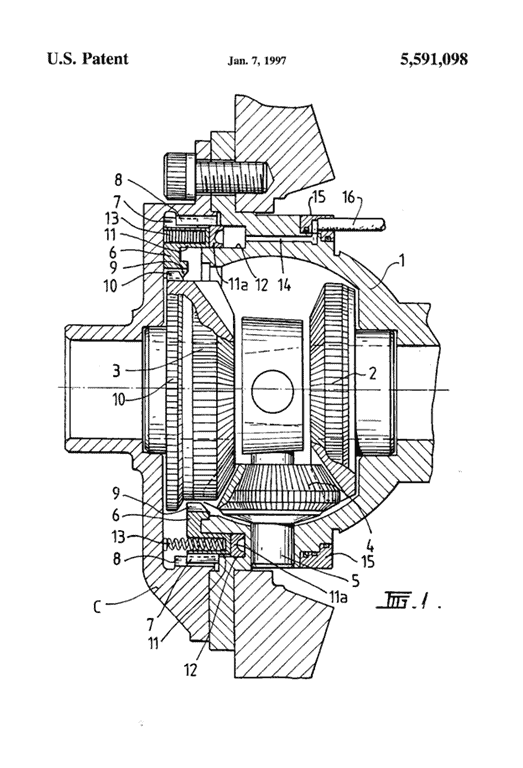The Federal Circuit Court of Appeals has ruled that the foreseeability of a possible equivalent invention does not prevent a patent owner from suing for infringement under the doctrine of equivalents.
Defendant ARB Corporation Ltd. appealed from a district court’s grant of summary judgment of non-infringement of US Patent No. 5,591,098 to Ring & Pinion Service, Inc.
The ‘098 patent claims an improved automobile locking differential (a mechanism that allows wheels to rotate at different speeds relative to each other).
Ring & Pinion sought a declaratory judgment that its Ziplocker product did not infringe the ‘098 patent. After claim construction, both parties moved for summary judgment.
The parties agreed that the Ziplocker product met every limitation of claim 1 of the ‘098 patent except the “cylinder means formed in…” limitation, but that the Ziplocker device included an equivalent cylinder.
The parties agreed that the case turned on a single issue: whether an equivalent is barred under the doctrine of equivalents because it was foreseeable at the time of the patent application.
The district court then held that while foreseeability did not preclude the application of the doctrine of equivalents, a finding of infringement under the doctrine of equivalents would vitiate the “cylinder means formed in…” limitation. Therefore, the court granted summary judgment of non-infringement to Ring & Pinion.
The Federal Circuit held that there is no foreseeability limitation on the application of the doctrine of equivalents, and that interchangeability weighs in favor of finding infringement under the doctrine of equivalents.
The court noted that for literal infringement an accused structure must perform the identical function recited in the claim. Under the doctrine of equivalents, an accused structure must perform substantially the same function in substantially the same way with substantially the same results.
The Circuit Court thus reversed the grant of summary judgment of non-infringement and remanded with instructions to grant summary judgment to ARB.


